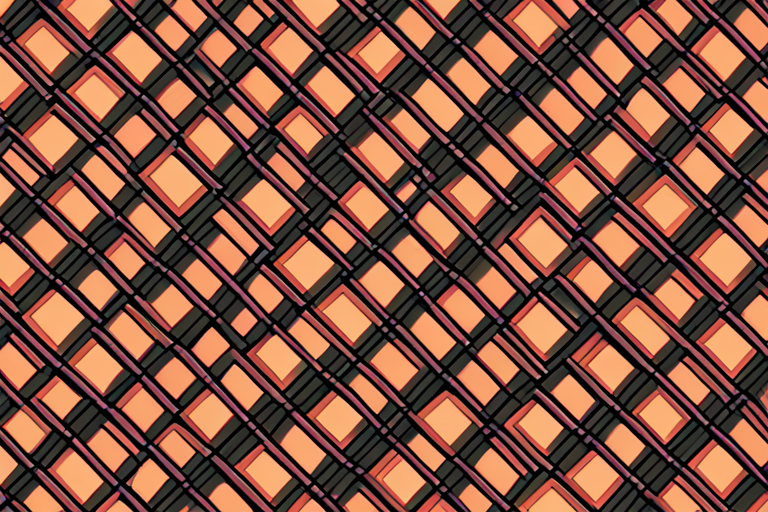Introduction
When it comes to choosing fabrics for clothing and other textile products, Moslin and Cotton are two popular options. Both fabrics have their own unique characteristics and advantages. In this article, we will compare the advantages and disadvantages of Moslin and Cotton fabrics to determine which is better suited for different needs and preferences.
History and Origins of Moslin and Cotton
Moslin fabric has a rich history and is believed to have originated in Mosul, Iraq. It gained popularity during the medieval period and was highly valued for its fine quality and luxurious feel. Cotton, on the other hand, has a long history dating back to ancient civilizations such as Egypt and India. It has been widely cultivated and used for thousands of years.
Characteristics of Moslin Fabric
Moslin fabric is a lightweight and sheer fabric that is typically made from cotton or a blend of cotton and linen. It is known for its softness and comfort, making it a popular choice for clothing and bedding. Moslin fabric is also highly breathable and has excellent moisture-wicking properties, making it ideal for hot and humid climates. Additionally, Moslin fabric is durable and long-lasting, ensuring that it can withstand regular wear and tear.
Advantages of Moslin Fabric
One of the main advantages of Moslin fabric is its lightweight and airy nature. It allows for better airflow, keeping the body cool and comfortable in warm weather. Moslin fabric is also highly versatile and adaptable, making it suitable for a wide range of clothing styles and designs. Furthermore, Moslin fabric is hypoallergenic and skin-friendly, making it a great choice for individuals with sensitive skin. Lastly, Moslin fabric is resistant to wrinkles and creases, ensuring that garments made from this fabric maintain a neat and polished appearance.
Limitations of Moslin Fabric
Despite its many advantages, Moslin fabric does have some limitations. One limitation is the limited color and pattern options available. Moslin fabric is often found in neutral and pastel shades, which may not appeal to those who prefer bold and vibrant colors. Additionally, Moslin fabric requires high maintenance and care. It is recommended to hand wash or use delicate cycles when cleaning Moslin fabric to prevent damage. Lastly, Moslin fabric is susceptible to shrinkage and stretching, so proper care must be taken to ensure the fabric retains its original shape and size.
Characteristics of Cotton Fabric
Cotton fabric is a natural fiber that is derived from the cotton plant. It is known for its softness and breathability, making it a popular choice for clothing and home textiles. Cotton fabric is highly absorbent and has excellent moisture-wicking properties, allowing it to keep the body cool and dry. Additionally, cotton fabric is durable and strong, ensuring that it can withstand regular wear and tear.
Advantages of Cotton Fabric
One of the main advantages of cotton fabric is the wide range of color and pattern options available. Cotton fabric can be easily dyed and printed, allowing for endless possibilities in terms of design and style. Additionally, cotton fabric is easy to care for and requires low maintenance. It can be machine washed and dried without losing its shape or color. Furthermore, cotton fabric is versatile and suitable for various climates and seasons. It provides insulation in colder weather and breathability in warmer weather. Lastly, cotton fabric is affordable and readily available, making it accessible to a wide range of consumers.
Limitations of Cotton Fabric
Despite its many advantages, cotton fabric does have some limitations. One limitation is that it is prone to wrinkles and creases. Cotton fabric may require ironing or steaming to maintain a smooth and polished appearance. Additionally, cotton fabric is susceptible to shrinkage and fading, especially if not properly cared for. It is important to follow the care instructions to ensure the longevity of cotton garments. Lastly, cotton fabric may not be as suitable for hot and humid climates as it tends to retain moisture, which can lead to discomfort.
Comparison of Moslin and Cotton Fabrics
When comparing Moslin and Cotton fabrics, several factors come into play. In terms of comfort and softness, both fabrics offer a luxurious feel against the skin. However, Moslin fabric may have a slight edge in terms of breathability and moisture-wicking properties, making it more suitable for hot and humid climates. In terms of durability and longevity, both fabrics are known for their strength and ability to withstand regular wear and tear. When it comes to versatility and adaptability, Moslin fabric offers a lightweight and airy nature, while cotton fabric provides a wide range of color and pattern options.
Environmental Impact of Moslin and Cotton Fabrics
Moslin fabric is considered to be more sustainable and eco-friendly compared to cotton fabric. Moslin fabric is often made from organic cotton or a blend of cotton and linen, which reduces the use of synthetic materials and harmful chemicals. On the other hand, cotton fabric production has been associated with environmental concerns such as water usage, pesticide use, and soil degradation.
Cost Comparison of Moslin and Cotton Fabrics
In terms of price range and affordability, Moslin fabric tends to be more expensive compared to cotton fabric. Moslin fabric is often considered a luxury fabric due to its fine quality and craftsmanship. Cotton fabric, on the other hand, is more widely available and accessible to a larger consumer base.
Cultural and Historical Significance of Moslin and Cotton Fabrics
Moslin fabric has a rich cultural significance and has been traditionally used for clothing, particularly in the Middle East and South Asia. It has been associated with elegance and luxury. Cotton fabric, on the other hand, has played a significant role in various civilizations throughout history. It has been used for clothing, bedding, and other textile products.
Conclusion
In conclusion, both Moslin and Cotton fabrics have their own unique advantages and disadvantages. The choice between the two ultimately depends on individual preferences, needs, and the specific purpose of the fabric. Moslin fabric offers a lightweight and breathable option with hypoallergenic properties, while cotton fabric provides a wide range of color options and easy care. As the future of fabrics continues to evolve, it is important to consider sustainability and environmental impact in the decision-making process.



